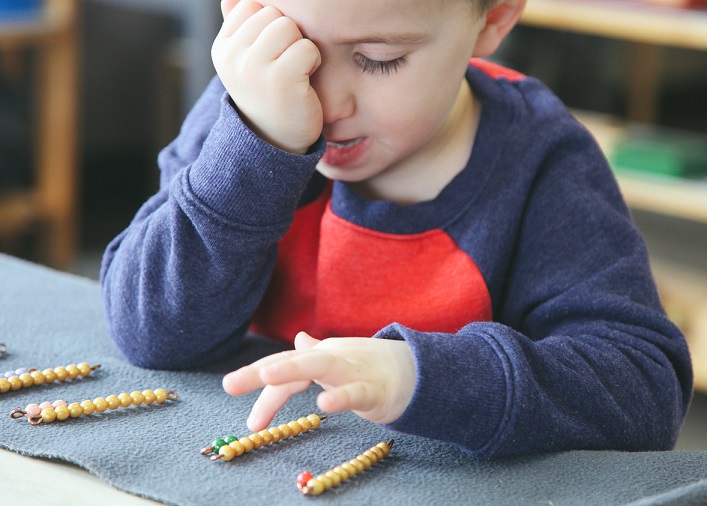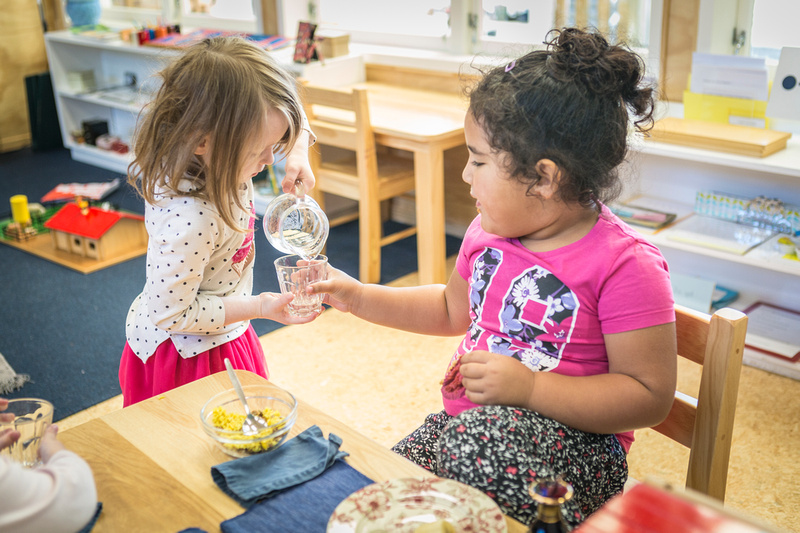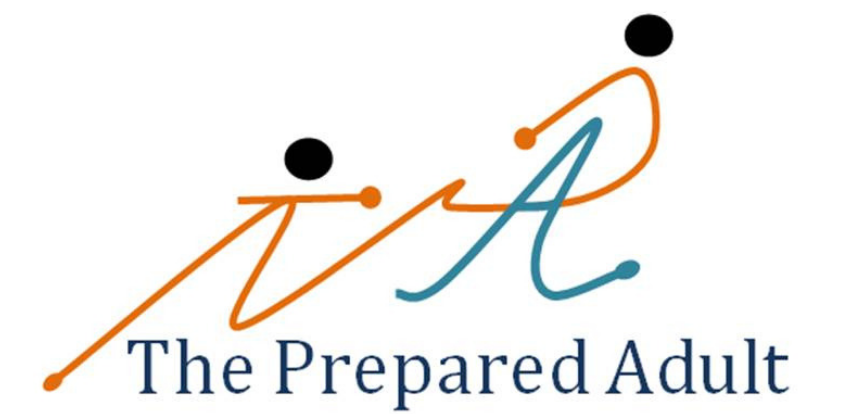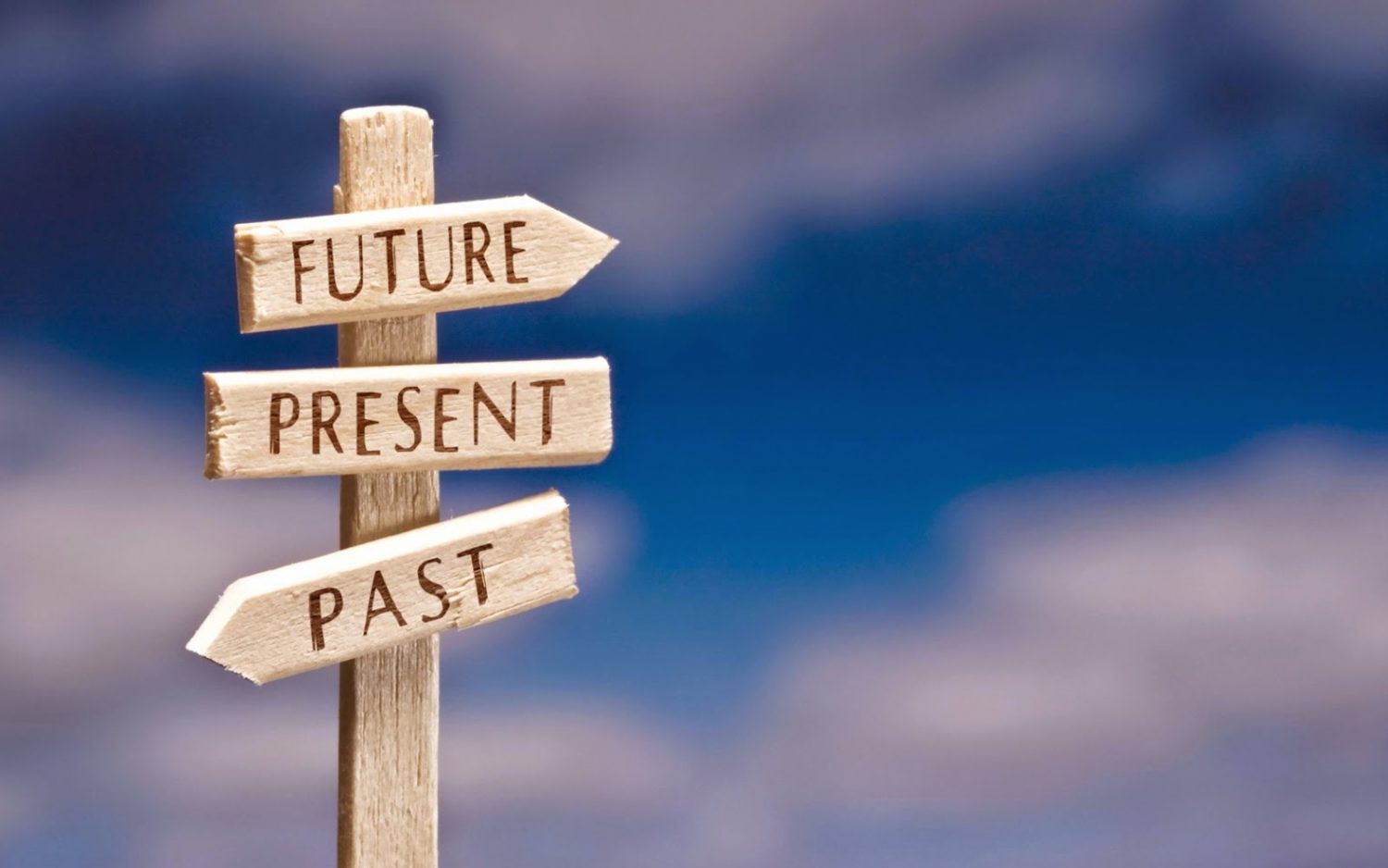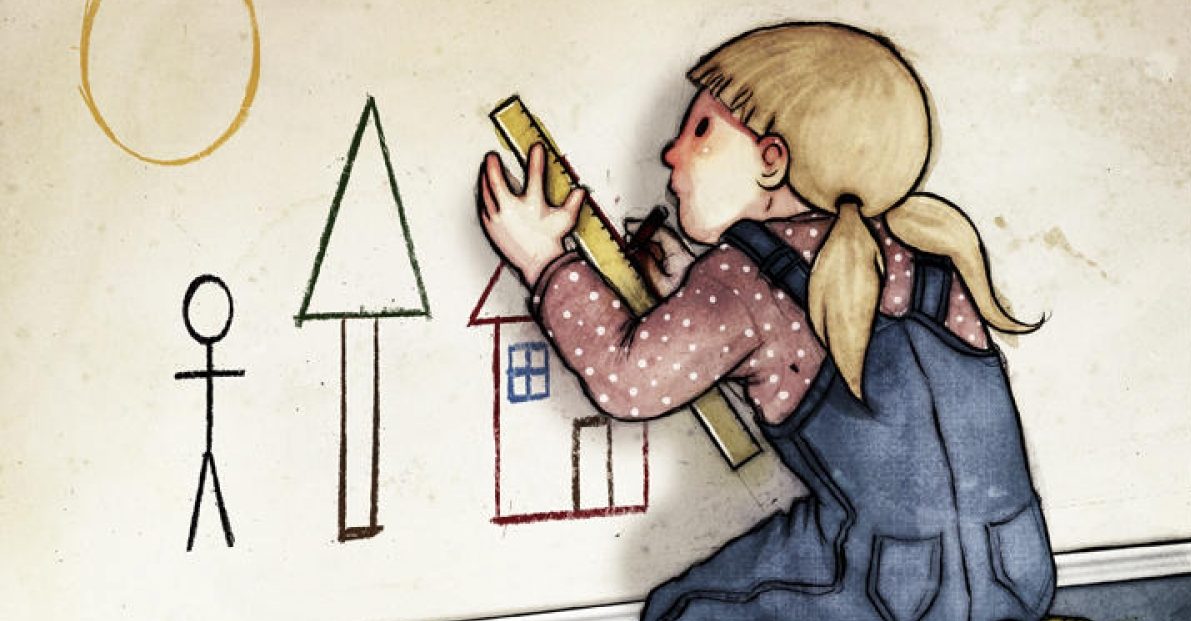 By Thomas McGrath – Deputy Principal High School
By Thomas McGrath – Deputy Principal High School
Repetition of inhalation and exhalation of breath is one of the defining features of human life. When tasked with paying attention to it, we can consciously manipulate it. But, for the majority of the time when we are not paying attention, so vital is its function that it goes on without us even knowing.
Montessori certainly set forth an aspirational view of what can be achieved in education, and what children are capable of. But, to only aspire would end in certain death; you would literally run out of breath.
Montessori’s concept of ‘perfection’ tends heavily towards the verb – perfection is a process, and is most associated with the human tendency towards repetition. In getting closer to the aspirational, we must regularly step back, evaluate, consolidate, and (*gasp*) rest. The four planes of development do not conform to the idea that progress is a straight line pointing up. In fact, the planes are commonly portrayed in the form of a zig-zag to emphasize this nonlinear process. Montessori called it the ‘constructive rhythm’:
If we take the measurements of the first period of growth, we will see that during the first year there is tremendous development, during the second year this development begins to wane, and during the third year it slows down even more. This rhythm repeats itself in each of the other periods. In each section of the three-year periods, a period of great effort is followed by a period of rest. So life develops according to a law. All life follows the same law and the periods are the same for every child. (p.23, The 1946 London Lectures)
This constructive rhythm is to be carefully observed and nurtured by a prepared guide. Montessori, perhaps not surprisingly, is nothing short of aspirational in her aims here either, writing that “it is not enough for the teacher to love the child. She must first love and understand the universe. She must prepare herself, and truly work at it.” (Childhood to Adolescence, 1948)
To prepare oneself and love the universe is a very personal process. But, whatever form it takes, it requires focus and care. Modern neuroscience would no doubt say the most constructive preparation we can afford ourselves is quality sleep, and of course a healthy diet, exercise, and positive social connections.
While similar to our ability to forget about our breathing, part of our own constructive rhythm and preparation for each day, and each phase of life, is about paying attention to those aspects which make, and keep us, human, but are so easily neglected or entrusted to autopilot.
And so it is, that the aspiration of changing the world for the better is powered by the respiration of love, care, and rest. Simple, but certainly not easy.


